Click to view our Accessibility Statement or contact us with accessibility-related questions






PRODUCTS YOU MAY LIKE
Trending Posts in Audiophile

pspringheights
Prestige Spring Heights Apartments
Prestige Spring Heights is a way of life rather than merely a place to call home. Located in South Hyderabad's Rajendra Nagar, this brand-new luxury township offers an extensive range of excellent facilities to enhance your standard of life. This area is ideal for people, families, and professionals because every feature has been carefully designed to improve your comfort, convenience, and well-being. The project provides inhabitants who are worried about their health with cutting-edge fitness centres, including a fully furnished gym with synchronic equipment. You'll find everything you need to keep up a healthy civilization within easy reach, whether you're a regular gym-goer or just trying to stay active. Prestige Spring Heights Amenities Additionally, the attractively composed swimming pools provide the ideal haven for relaxation when the time comes. Enjoy the peaceful surroundings by lounging by the pool or diving in for a devitalizing dip. Prestige Spring Heights Apartments...
Jan 10, 2025

TheDuffer
Right ear keeps cutting out
So I have a PC38x headset that I bought a few years back. I moved away from home for work, and left the headset there with my gaming PC. I used it maybe 2 or 3 times before I left, and it always had the problem of it cutting out in my right ear phone. It makes like a crackling noise like something is loose, and then cuts out the audio entirely. Sometimes it works for a few minutes, but inevitably cuts out on the right side again. I am wondering if there is a fix? Or could I be shipped a new one?
Jan 6, 2025
Frankbarone1
Please suggest headphones for me.
Please someone here help buy a headphone for my use case- listen mostly Indian music ( old and new Bollywood songs ) . play them on my iPhone. So need to be wireless. must be light and comfortable for small ears and 3-4 hours of listening. noise canceling is not important. budget is around $150. i am not audiophile by any means and do not understand much of the jargon. Just want something that sounds good and is comfortable on my ears while I work from home. thank you all.
Jan 3, 2025

Hauntednsk
E-MU Teak Repair - Any Experience?
Hello, I am wondering if anybody has any experience contacting E-MU support, sending them headphones for repair, or getting them back fixed. Can anybody share any experience? I have been emailing them for a while now, but nobody has responded. Thank you.
Dec 29, 2024

murphdc
pc38x still has audio coming through with the volume dial turned all the way down
Finally got my hands on the pc38x. I mostly wanted to try this headset because of all the good things i heard about it. Out of the box i wasn’t really impressed. My 50 dollar astros were just as loud if not louder. After setting up an EQ on dolby access i got them sounding a little better. But one thing that really bothers me is the volume dial on the headset. When i turn it all the way down there’s so much audio still coming through, like the headset is turned up 10-20%. Is this normal?
Dec 28, 2024

MrChiSox
My little room work in progress.
It's not done, I apologize for the mess. Health issues have put this on hold. It's a small room and I'm likely to sell off my KEF 104.2 loudspeakers and some other gear after surrendering the living room to my wife after her patience of 35 years. She deserved her own little sanctuary.
Dec 26, 2024
magica
What lead/cable do i need?
i own a Drop + EPOS PC38X Gaming Headset and i need a new cable that connects the headset to the computer. i dont know what its called and i cant work out what to look for on amazon etc. could someone please help me with this
Dec 21, 2024
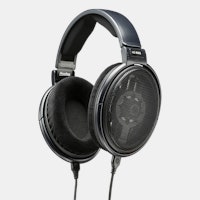
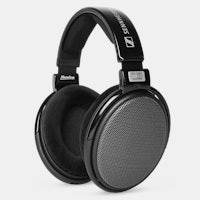
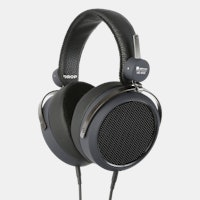
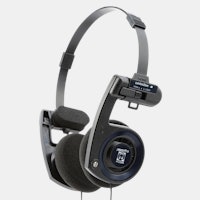
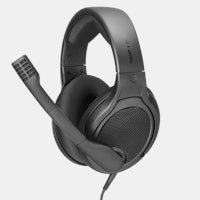
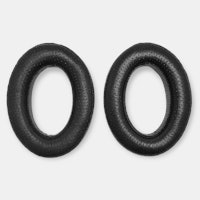
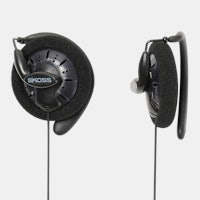

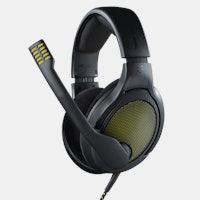
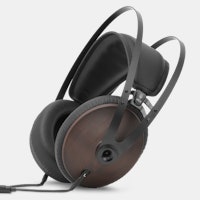

And since I have a gaming laptop , do you think the audio jack can provide enough power to this headphone?
Usable amp/dacs run all the way from the $75 Fiio E10K, the $100 Monoprice "Desktop Amp" (it's also a DAC), the Schiit Fulla (USB powered), other Schiit products, all the way up to boutique stuff costing thousands.
Formulas you *might* be concerned about is the damping factor found by dividing the headphone Ohms (62), by the "output impedance" of the amplifier. Ideally you want to end up with a score 8+. Many amp manufacturers don't even disclose this number but fortunately most will also be low enough you really don't need to concern yourself with it. Even the Fiio is around 10 Ohms output impedance which gets you below the 8 mark (62/10=6.2) but many still love the E10K. Personally I run a lightly modded Creek OBH-11 (around $200 on Amazon) and an Audio-GD NFB-12 ($215+ shipping from China). Both are more than enough to drive these headphones.
BTW, it's not the headphone impedance (Ohms) that makes it hard to drive, it's it's fairly low sensitivity.
It's a matter of control of the drivers. When the coil (and thus, diaphragm) moves, it charges or discharges. When given more current, or drained of current, the coil moves. The buffer section of the amplifier has to not only quickly rush higher currents out, but also be able to drain them when coming from the drivers having to change direction or speed of movement quickly. With insufficient damping, the driver can under-shoot and over-shoot, resulting in poorer sound than with sufficient damping. In addition, the output impedance of the amplifier creates a voltage divider that will affect frequency response.
It's not much different than loudspeakers, except for the power magnitudes being off by 3-6 digits, and system costs being off by 2-4 digits.
At a given sensitivity, the lower impedance the driver, the greater damping factor is needed. As the impedance of the driver gets lower, any given output impedance from an amplifier will affect frequency response more than with a higher impedance driver (-0.05dB@500Hz shouldn't be audible, but -0.15dB@500kHz should be). An amplifier with a higher damping factor will have a lower output impedance (by definition). After a point, a higher damping factor will do nothing for a given set of drivers (even if you can measure differences, if they don't make about 0.1dB difference in the sound reaching your ears, you won't hear the differences).
You won't have any problems with it clipping, but if you wanted to get an O2 for listening at home, I'm sure you'd hear the difference.